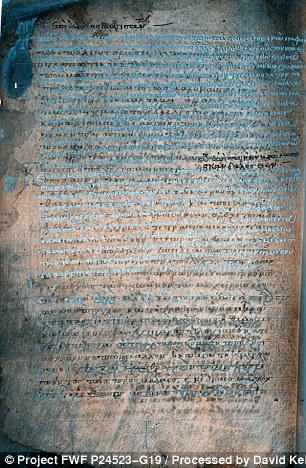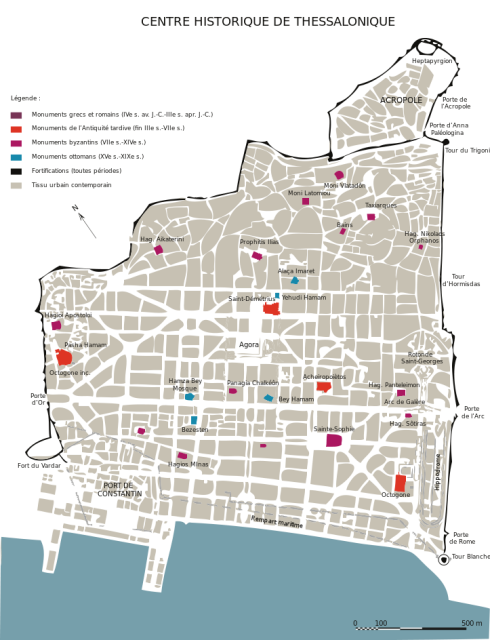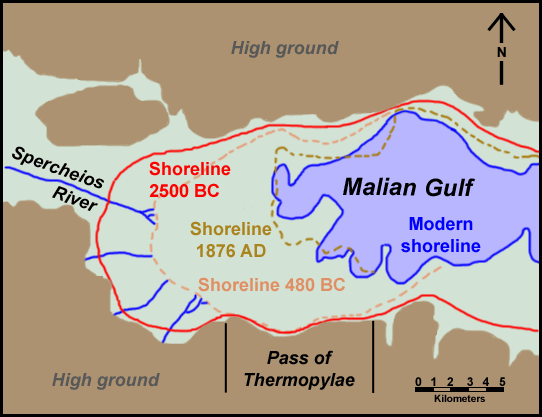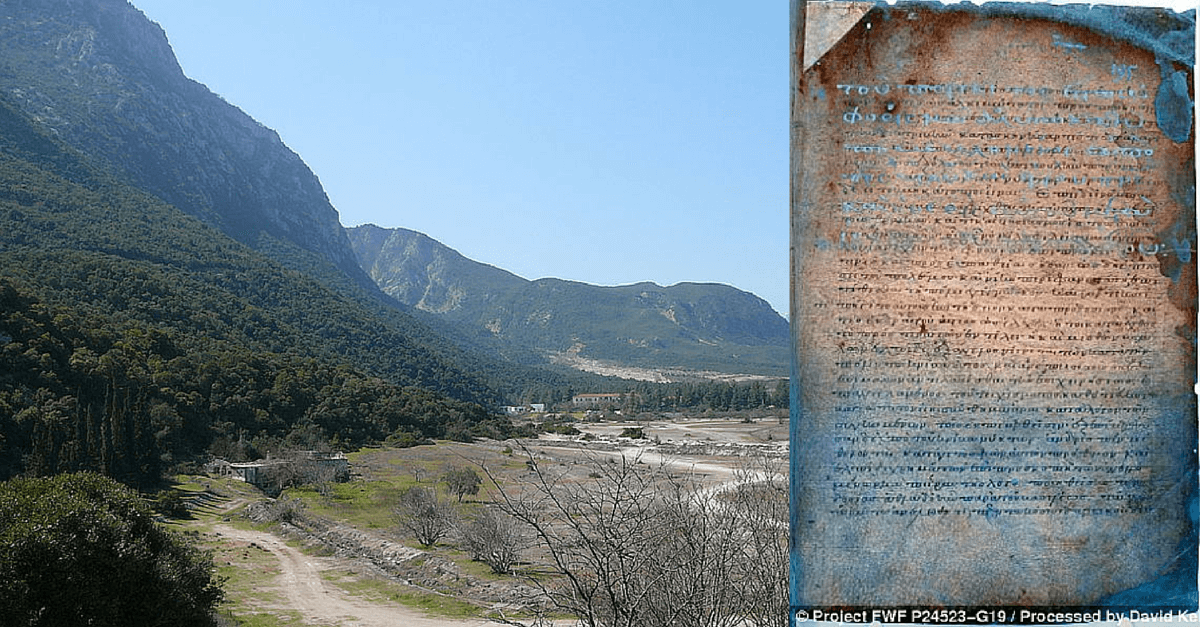Ancient history covers an incredibly vast span of time. We know the specific details of only a small percentage of the battles fought during this era. Sometimes we just have an idea that a war occurred during a certain stretch of time, with no knowledge of specific battles.
For example, we have written evidence of a 260 CE battle between Roman-Greek forces against invading Goths, but it was only readable through advanced scanning processes developed over the last few years. It is rather unsurprising that the defense of Greece against the Goths was fought at Thermopylae, a common battlefield throughout the long years from 480 BCE to 1941.
Using spectral imaging, researchers uncovered fragments of a copy of an ancient Greek text detailing the Gothic invasion of Greece a century before they won the battle of Adrianople. The Goths seemed to be wandering through the area looking for a place to settle, but kept on the lookout for possible loot. They found it in Greece, a wealthy land that seems to have been lightly defended.
This invasion by the Goths was likely to be successful because the Romans were going through the Crisis of the Third Century, where dozens of emperors claimed the throne, and the empire was split into three independently warring sections. Because of this Empire-wide crisis, the Goths were able to lay siege to the very important city of Thessaloniki in northeastern Greece, according to the new sources.

The source is courtesy of an 11th-century copy of a work by the Greek writer Dexippus, who lived and wrote during the same period as the Gothic invasion. Dexippus wrote that Thessaloniki was well defended, with a lot of reinforcements, so after a few assault attempts, the Goths set their sights on the fertile and wealthy lands of Attica and the famed city of Athens. The quickest way through Greece was through the ‘hot gates’ of Thermopylae, so named for the hot Sulphur springs in the area.

A Roman army under the command of Marianus set up in the legendary pass to oppose the Goths. The composition of the defending Roman force is unclear, though we have some strong hints from the sources and the struggles of the period. Dexippus refers to the defenders as Greeks, which makes one think that the force was little more than a militia or local army comprised entirely of Greeks. With civil wars occurring all around the empire, it is possible that no regular Roman army could be marshalled for Greece’s defense.
Dexippus could simply be referring to the men as Greeks because they were defending that region, but it is quite likely that this army was composed of native soldiers of Greece. This theory is strengthened when we consider that the commander refers to them as Greeks and that the men are described as having a wide variety of weapons, indicating that they were not regular forces.
Dexippus records a rousing and inspirational speech from general Marianus to his men. He spoke to them of the famed deeds of the 300 Spartans, and the value of holding the pass. At one point in the fragmented speech, Manlius said: “For your ancestors, fighting in this place in former times, did not let Greece down and deprive it of its free state.” Inspiring words for what seems to have been a ragged band of unprofessional forces.
Unfortunately, we do not know for certain the outcome of the battle as the fragments we have cut off before Marianus even finishes his speech. In all likelihood, the Goths won the battle at Thermopylae. They seemed to have far greater numbers, and the source mentions them attacking Thessaloniki in ordered “battle columns”, so we can expect that a fairly disciplined and well-led Gothic army won the day at Thermopylae.

The battle may have been a holding action, so often performed at the narrow pass, and the Goths may have had to push through or perish. They likely ravaged several small towns of Greece and were perhaps confined to Attica and unable to breach Athens.
This same group of Goths (though possibly another group) would later wander out of Greece where they would face an organized Roman army under Emperor Gallienus (or possibly Claudius II). Here, at the battle of Naissus, the Goths were soundly defeated.
Unfortunately, we have almost nothing to go on in terms of troop totals, or even specific dates. What we do know is that the Gothic invasion of the third century was possibly an even greater incursion than the fourth-century one that culminated in the battle of Adrianople and the death of Emperor Valens.
We do know that about ten years before the Gothic battle of Thermopylae, the Roman Emperor Decius and his son Herennius Etruscus were both killed by the Goths during the battle of Abritus, during an earlier invasion. We just don’t have the exact details, but though many people call out the battle of Adrianople as the first signs of the fall, or, at least, the decline, of Rome, the reality might be that the Roman grip on long-held lands may have loosened a century earlier.
By William McLaughlin for War History Online
